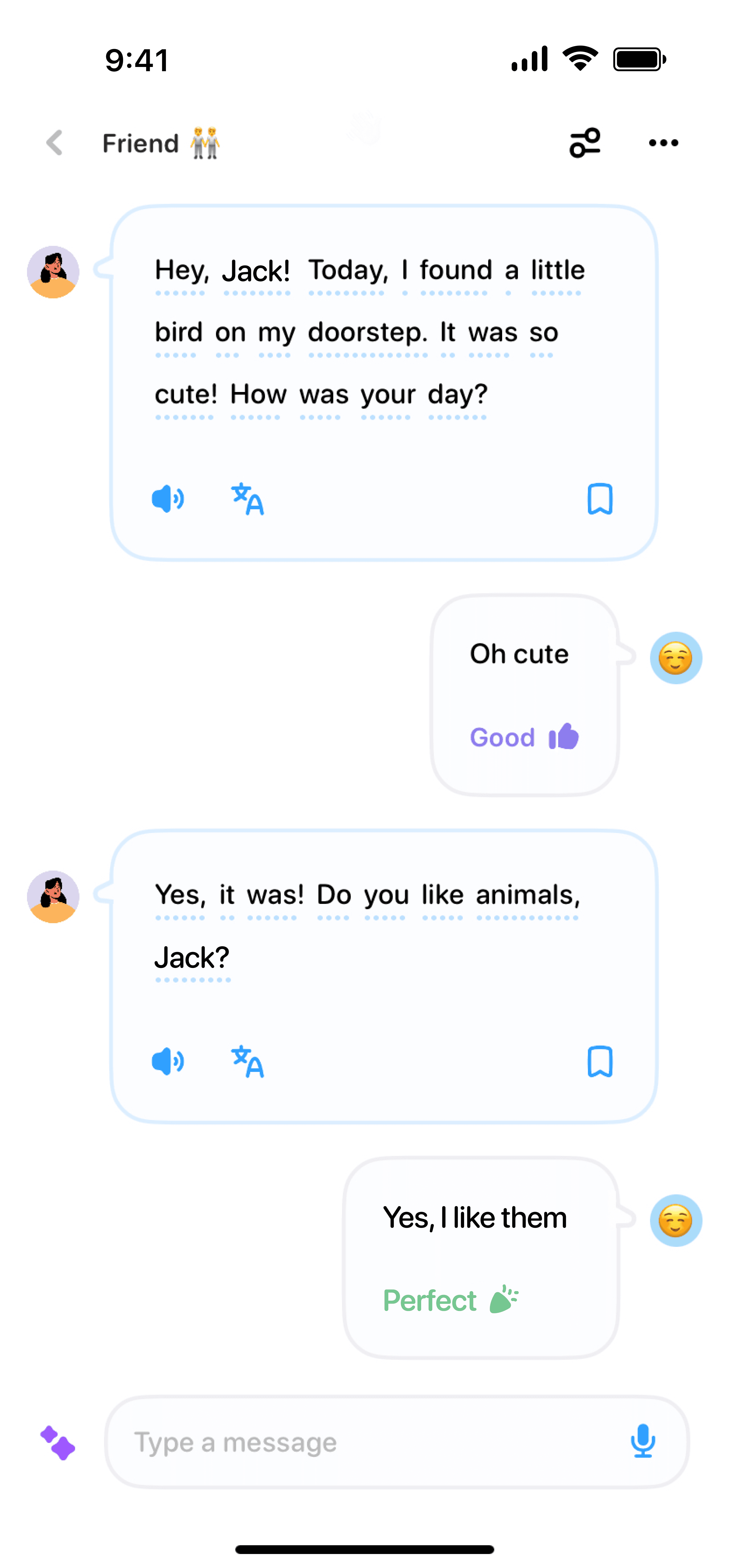06/22/2024
·
Emma Robbie
So, you want to learn English and you’re a Spanish speaker? ¡Fantástico! Learning English can open up tons of opportunities, whether it’s for travel, work, or personal growth. To make things easier, here's a simple guide to help you get started on your English-learning journey.
Why Learn English?
First off, why even bother learning English? Well, here are a few reasons:
Global Language: English is spoken by millions of people around the world. It’s the language of international business, entertainment, and science.
Job Opportunities: Knowing English can improve your job prospects, whether you want to work in your home country or abroad.
Travel: English makes traveling easier. You'll be able to communicate in hotels, restaurants, and airports almost anywhere you go.
Convinced? Great, let’s dive in!
Building Your Vocabulary
Start small. Learning a new language can feel overwhelming, but breaking it down makes it manageable. Here are some tips for building your vocabulary:
Everyday Words and Phrases
Begin with words and phrases you’ll use daily. Think of common greetings, basic questions, and everyday items. For example:
Hello! – ¡Hola!
Thank you. – Gracias.
Where is the bathroom? – ¿Dónde está el baño?
Keep a Vocabulary Notebook
Write down new words and phrases you learn. This will help with memorization and give you a handy reference to review.
Mastering Pronunciation
Pronunciation can be tricky, especially when English and Spanish have different sounds. Here are some tips:
Listen and Repeat: Use resources like YouTube videos, podcasts, or language apps to hear native speakers.
Practice with a Partner: Find a language exchange partner or join a conversation group.
Record Yourself: Listening to recordings of your own speech can help you identify areas for improvement.
Understanding Grammar
Grammar is the backbone of any language. Here are a few key differences and tips to keep in mind:
Pronouns
English uses "I," "you," "he," "she," "it," "we," and "they." Spanish speakers often find English pronouns straightforward, but watch out for gender-specific pronouns ("he" and "she").
Verb Tenses
Learning how to use past, present, and future tenses properly is crucial. Spanish speakers might find some tenses, like the present continuous ("I am eating" - "Estoy comiendo"), familiar but ensure you get comfortable with all the different forms English verbs can take.
Practicing Regularly
Consistency is key. Practice daily, even if it’s just for a few minutes. Here’s how:
Language Apps: Duolingo, Babbel, or Rosetta Stone can be great for structured learning.
Online Courses: Websites like Coursera, Eduactiva, and even YouTube offer free courses.
Practice with Media: Watch movies, listen to music, or read books in English.
Join a Community: Language exchange meetups or online forums can connect you with other learners and native speakers.
Overcoming Common Challenges
Learning a new language isn’t without its challenges. Here are some common ones for Spanish speakers and tips to overcome them:
False Friends
Words that look similar in Spanish and English but have different meanings can be confusing. For example, “actual” in English means “real” or “current,” not “actual” like in Spanish.
Pronunciation Differences
Sounds like the English “th” can be hard for Spanish speakers. Practice and patience are your best friends here.
Keep Pushing Forward
Remember, learning English is a marathon, not a sprint. Celebrate small victories and don’t get discouraged by mistakes—they're part of the learning process. Keep practicing, stay motivated, and soon, you’ll surprise yourself with how much you’ve learned.
¡Buena suerte! Good luck!



